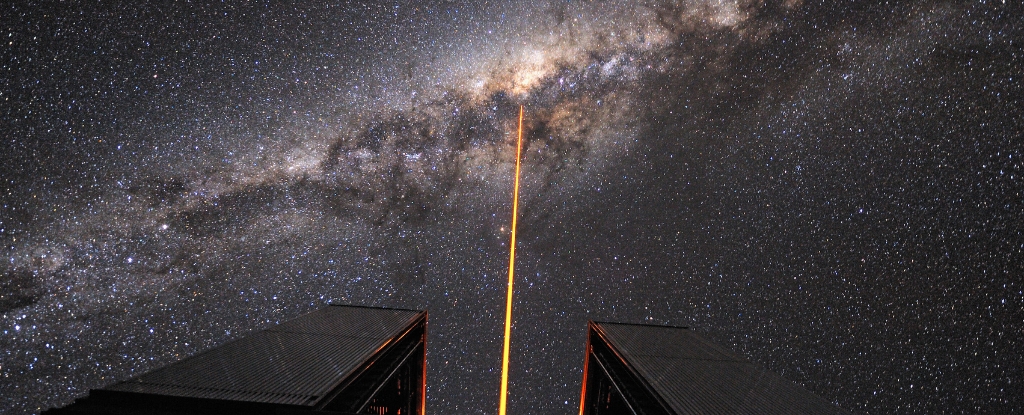In case you hadn’t heard, there’s a hole on Mars – multiple holes, actually. These holes, or pits, aren’t news.
However, an image taken by the HiRISE camera in 2022 recently resurfaced on the University of Arizona HiRISE’s Picture of the Day, reigniting the conversation around these fascinating features.
Any excuse to talk about these holes is a good one because they remain largely mysterious and full of promise for future scientific missions.
What are those mysterious holes on Mars?
The holes, aka pits, are located on the flanks of ancient volcanoes in Mars’s Tharsis region, the largest volcanic region on the red planet and home to some of the biggest volcanoes in our solar system.

As far as scientists can tell, Mars is no longer volcanically active. So there’s no risk of these giant volcanoes erupting. But there is a possibility that residual underground lava tubes may still exist.
Scientists think these holes are “skylights,” or places where the ground above the lava tubes has caved in and created a gaping hole in the surface, Brandon Johnson, a geophysicist at Purdue University who studies impact craters throughout the solar system, told Business Insider.

If these lava tubes are anything like Earth’s, they could be the perfect place for astronauts to hunker down during their stay on Mars.
“There’s more than one of these [pits] on Mars that we’ve seen,” Johnson said. “But they’re really interesting because they’re places where astronauts might be able to go and be safe from radiation.”

That said, it’s unclear how deep these holes go or where they lead. We can only speculate from what we see on other planets, like our own.
“On the Earth, these lava tubes can be large enough to walk around in, but they can also be small or the voids can be discrete or discontinuous,” Ross Beyer, a planetary scientist with the SETI Institute, told Business Insider over email.
“So these pits we see could open into larger caves, or they could just be isolated pits.”
Beyer added, “There’s no way to know what’s in them until we explore them in more detail.”
Besides hypothetical human missions that may, or may not, happen anytime soon, there’s a far more important reason to explore these holes further.
Is there life on Mars?

These holes could be one of the best places to search for evidence of extraterrestrial life on Mars because they may offer a protective, warm sanctuary from the planet’s unforgiving surface.
For example, lava tubes on the moon can be as warm as 63 °F. That’s plenty warm enough for life to arise inside. It’s unclear if lava tubes on Mars would also be this warm – it’s not a stretch to imagine, just a challenge to confirm.
Right now, the only information scientists know about these holes is what they can see from orbiting cameras in space.
When it launched onboard NASA’s Mars Reconnaissance Orbiter spacecraft in 2005, the HiRISE camera was the most powerful telescope to ever leave Earth’s orbit and has since transformed our understanding of the red planet, snapping over 80,000 images. But it’s still limited.
“Unfortunately, there is a limit to the ‘angle’ that we can get from orbit to look ‘into’ these pits. So sometimes we can see ‘walls’ and sometimes we can’t,” Beyer told BI.

The best way to explore below the surface would be to physically go inside by dispatching a rover to investigate the pit, Johnson said.
“There are missions proposed to essentially have a robot go on a line and drop down into one of these skylights and be able to explore what’s inside of them,” he said.
But to be clear, just because there could be life in these pits, doesn’t mean Mars definitely hosts extraterrestrials.
“This is a good place to look, but we don’t know if there’s life on Mars at all,” Johnson said.
In the meantime, to understand these mysterious holes as much as we can, “HiRISE and other Mars-orbiting spacecraft will certainly continue to take images of volcanic areas from orbit to try and characterize them better,” Beyer said.
This article was originally published by Business Insider.
More from Business Insider:





